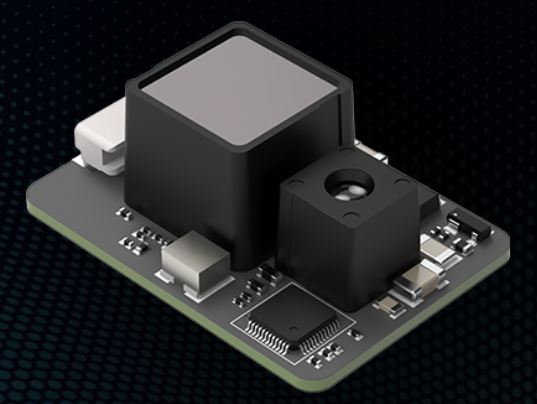Short Distance Series Product Model
Long Distance Series Product Model
Kilometer-level
Long Distance Series Product Model

2025-04-15
We stand out in the industry thanks to our dedication to accuracy and quality, which allows us to offer top-notch sensing solutions for a range of uses, such as automation, environmental monitoring, and construction. The main distinctions between LiDAR level sensors—like our dToF LiDAR—and conventional level sensors will be discussed in this article, emphasizing why our technology is the way of the future for precise distance measurement.
Measurement Principles: How They Differ
The most fundamental difference between dToF LiDAR sensors and traditional level sensors lies in their measurement principles. Traditional level sensors typically rely on mechanical methods or float systems to gauge levels. These sensors often measure liquid levels by using a float that rises or falls with the liquid’s surface, producing readings based on physical contact.
In contrast, our dToF LiDAR sensors employ advanced light-based technology to measure distances. By emitting rapid pulses of laser light and calculating the time it takes for the light to return after hitting an object, dToF LiDAR provides precise measurements without any physical contact. This non-contact method allows dToFLiDAR sensors to gather data from greater distances and difficult-to-reach locations, making them highly effective for a wider range of applications.
Accuracy and Precision: Elevating Standards
Another key difference between LiDAR level sensors and traditional level sensors is the level of accuracy and precision they offer. Traditional sensors can be subject to errors due to factors like temperature fluctuations, mechanical wear, and obstruction of the float. These limitations can lead to inaccurate readings and unreliable data over time.
On the other hand, dToF LiDAR sensors are designed to provide exceptional accuracy, with minimal errors introduced by environmental conditions. Our dToF LiDAR technology ensures consistent performance, even in challenging environments like dusty or wet conditions. With accuracy levels often exceeding those of traditional sensors, our LiDAR systems stand out as the go-to solution for precise level measurements across various industries.
Versatility and Application: A Broader Scope
The versatility of dToF LiDAR sensors compared to traditional level sensors is another significant advantage. While traditional sensors are often limited to specific applications, our dToF LiDAR technology can be adapted for use in numerous fields, such as autonomous vehicles, robotics, and surveying.
For example, in construction and civil engineering, dToF LiDAR sensors can be used for real-time monitoring of site levels, ensuring that projects meet required specifications. Their ability to operate over substantial distances allows for broader coverage during inspections and assessments, whereas traditional sensors might struggle to provide accurate data in expansive or complex environments.
Conclusion
dToF LiDAR technology provides exceptional performance that is essential for contemporary applications, from the measurement techniques they use to their accuracy and adaptability. Benewake is dedicated to offering top-notch solutions that raise the bar for measurement across a range of sectors. For your level sensing requirements, dToF LiDAR sensors offer dependable, accurate data collection that improves project outcomes and decision-making.